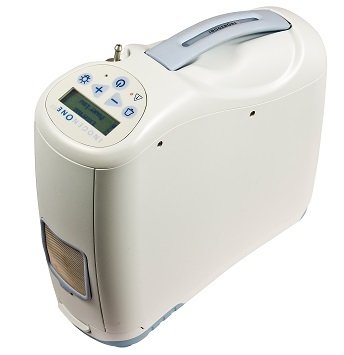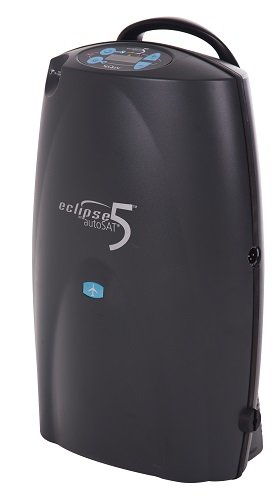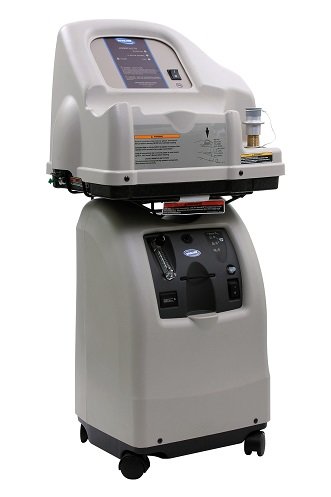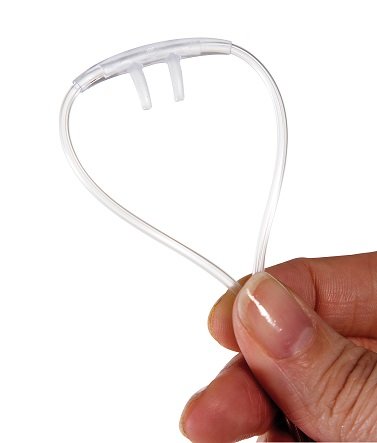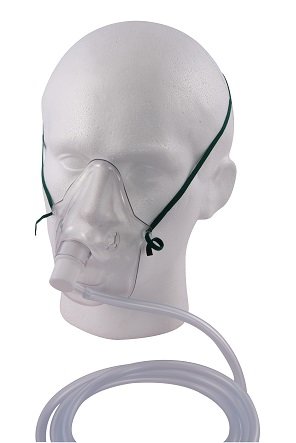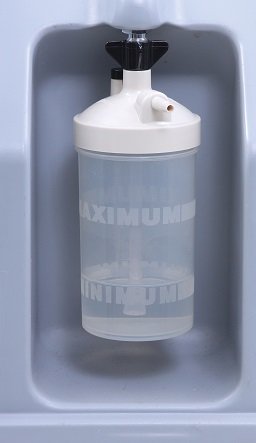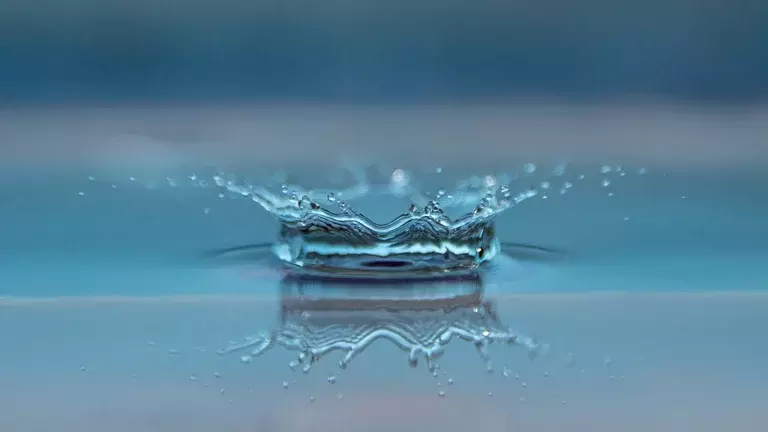Home Oxygen Equipment
There are different types of oxygen equipment. Your healthcare professional will select the most effective equipment for your condition and lifestyle
Air Liquide Healthcare can only provide the equipment requested by your healthcare professional.
Your Air Liquide Healthcare technician will explain how to use the equipment you have been prescribed and will ensure that it is located in a suitable and safe place for everyday use.
Servicing and Maintenance
Air Liquide Healthcare is required to service your equipment and carry out a risk assessment every 3 to 6 months. It is important that we are able to access your property and equipment to complete this. Failure to allow this may result in your equipment being removed.
Video Tutorials for the use of Oxygen Equipment
Video Demonstrations for use of Oxygen EquipmentInvacare Perfecto2 Concentrator
Airsep Elite Concentrator
Airsep Intensity 10 Concentrator
Airsep Visionaire 5 Concentrator
How to use an Oxygen Cylinder
Liquid Oxygen (LOX) Training video
Static Equipment
Oxygen Concentrators and cylinders for use in the homePortable Equipment
Equipment for use away from homePortable oxygen cylinders
-
2L (Standard cylinders)
-
1L (Paediatric cylinders)
Portable oxygen concentrators
Liquid oxygen
Dual Purpose Equipment
Equipment to meet your static and ambulatory needsDual purpose equipment allows you to meet both your static and ambulatory needs without having to wait in for cylinder or liquid oxygen refills.
Ancillary Items
Products that may be needed with your equipment

